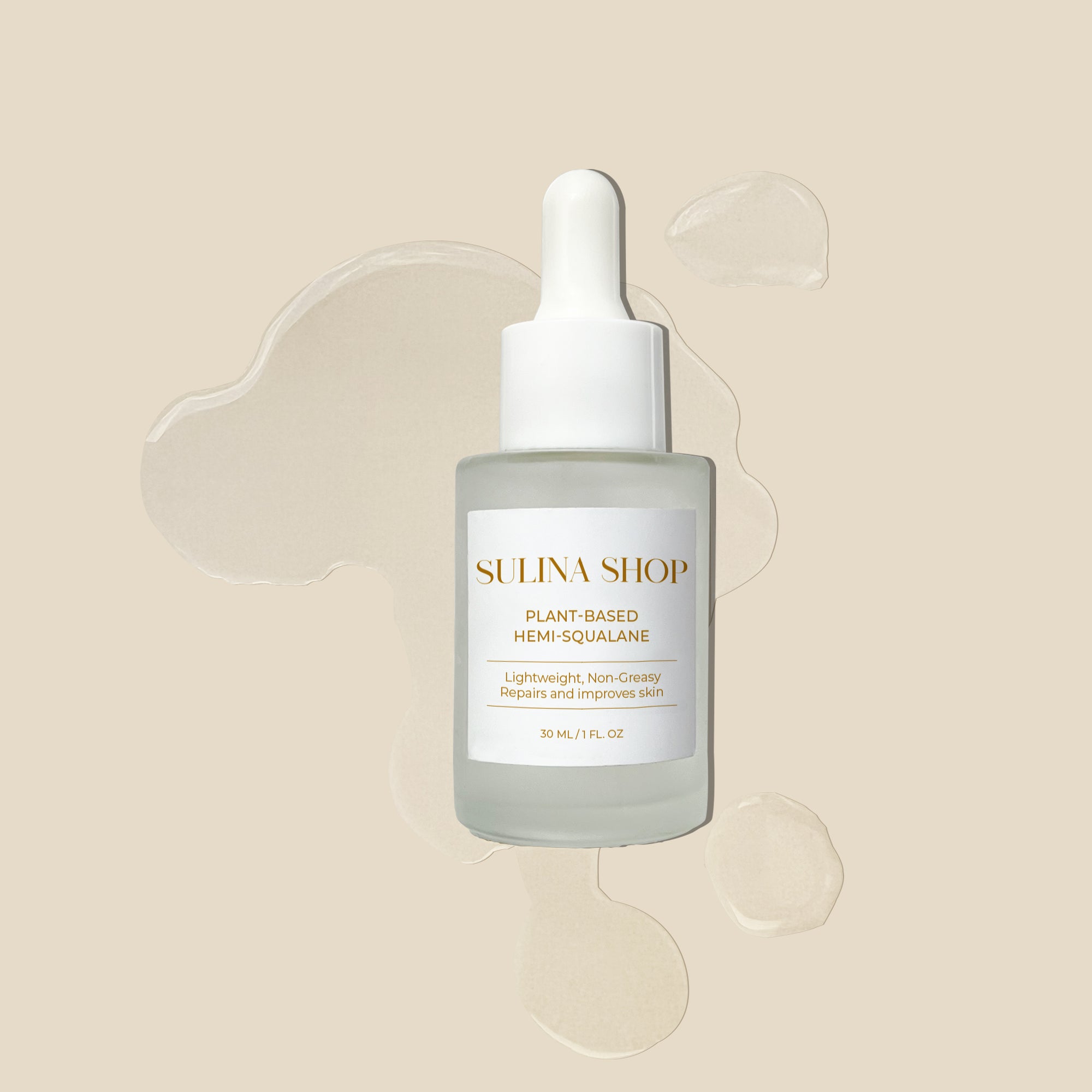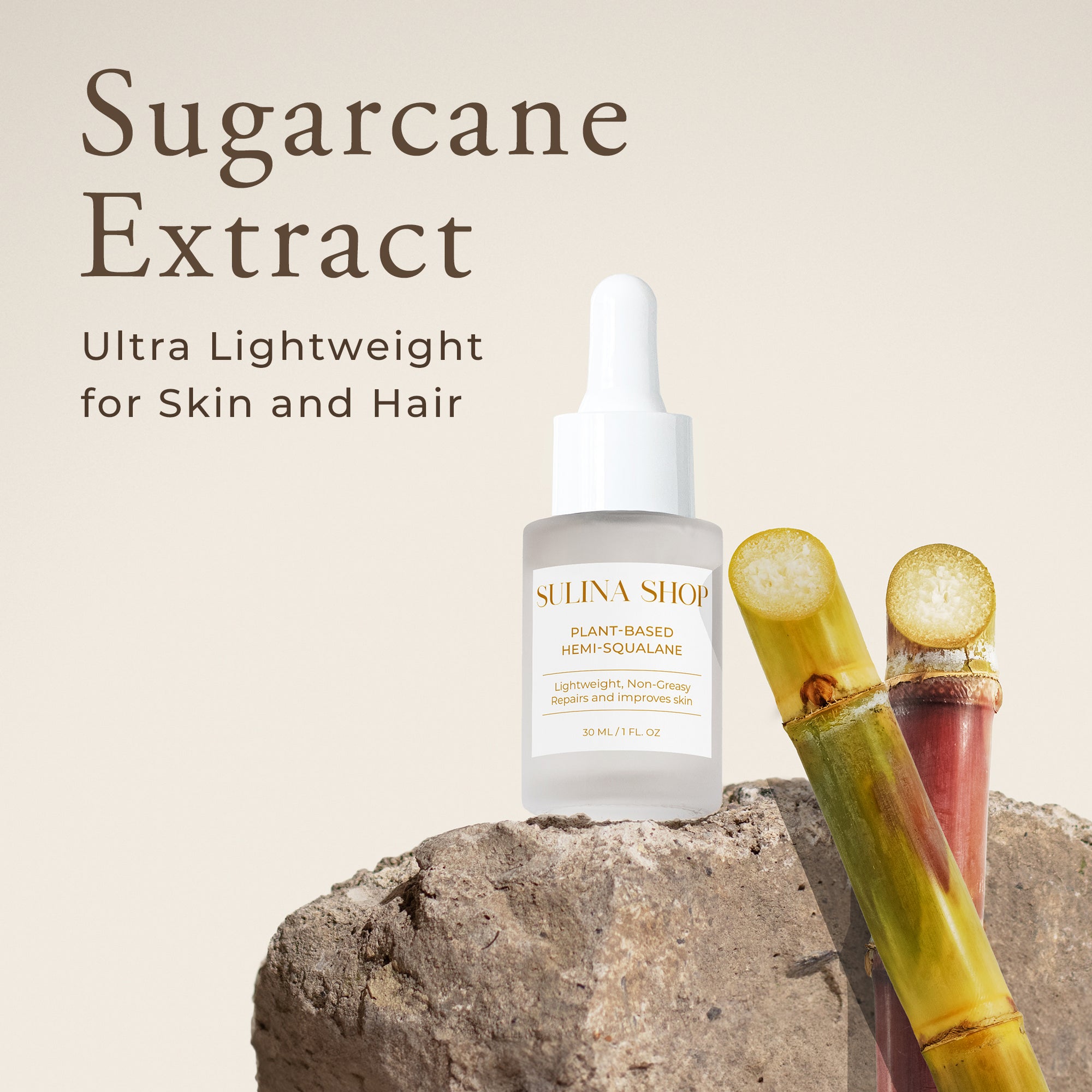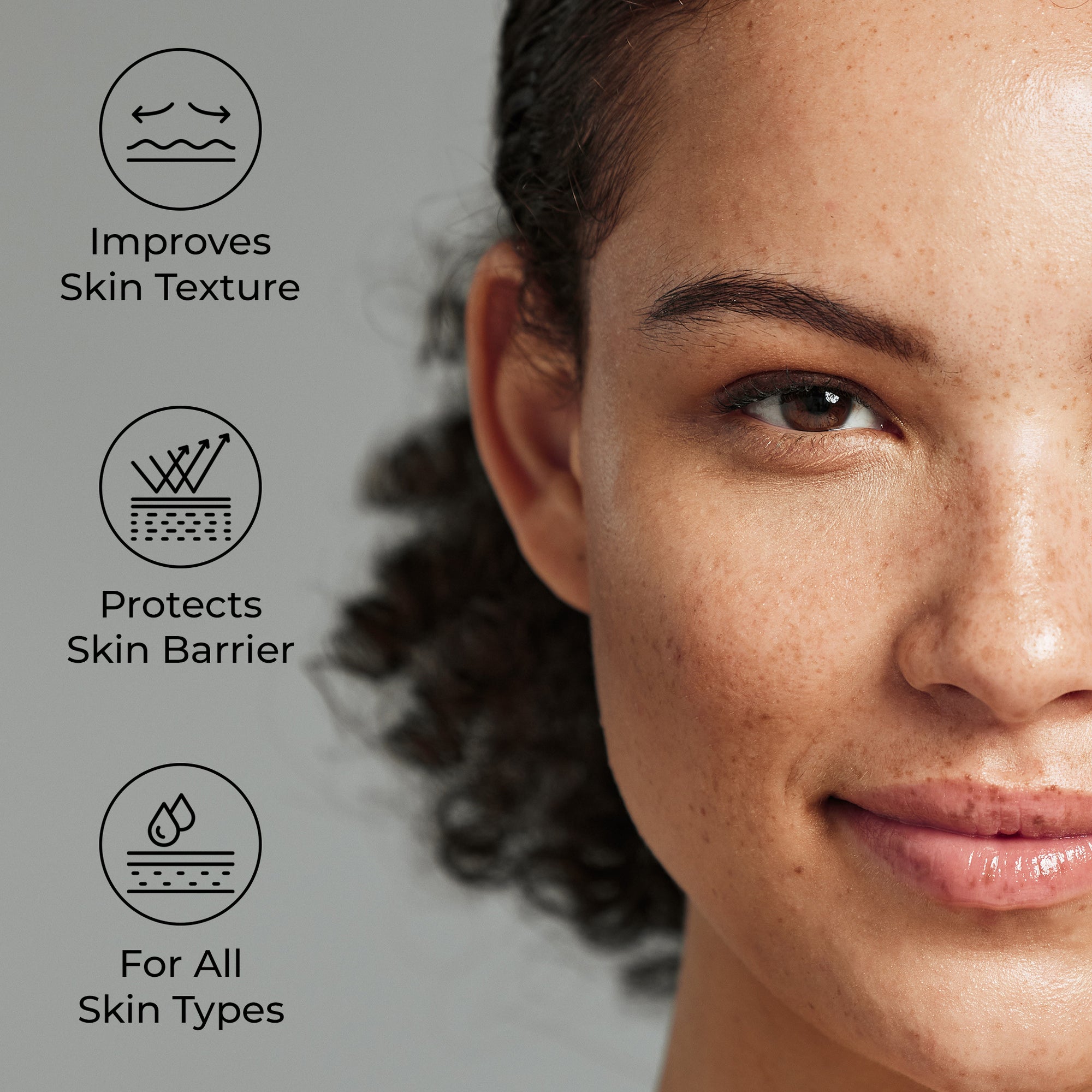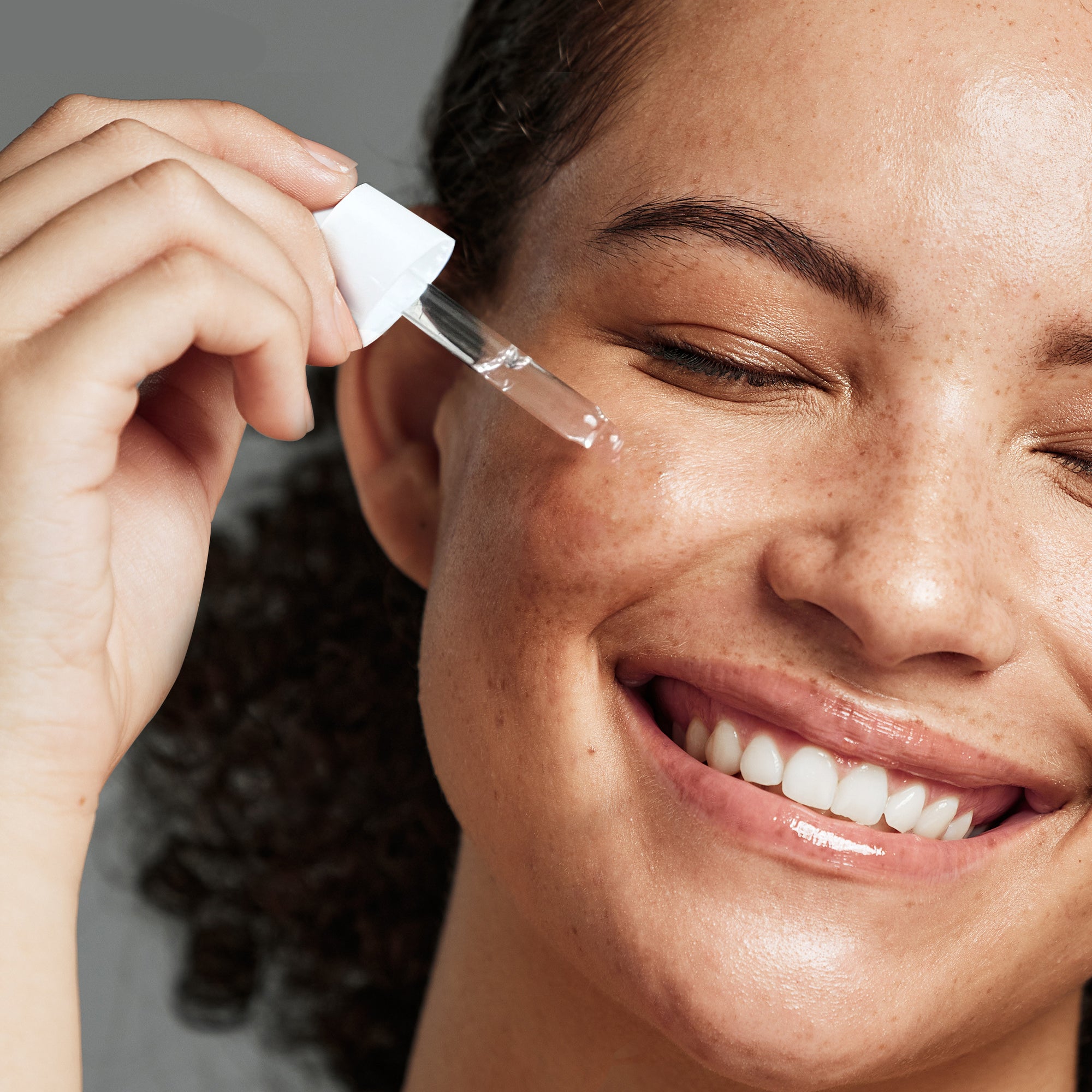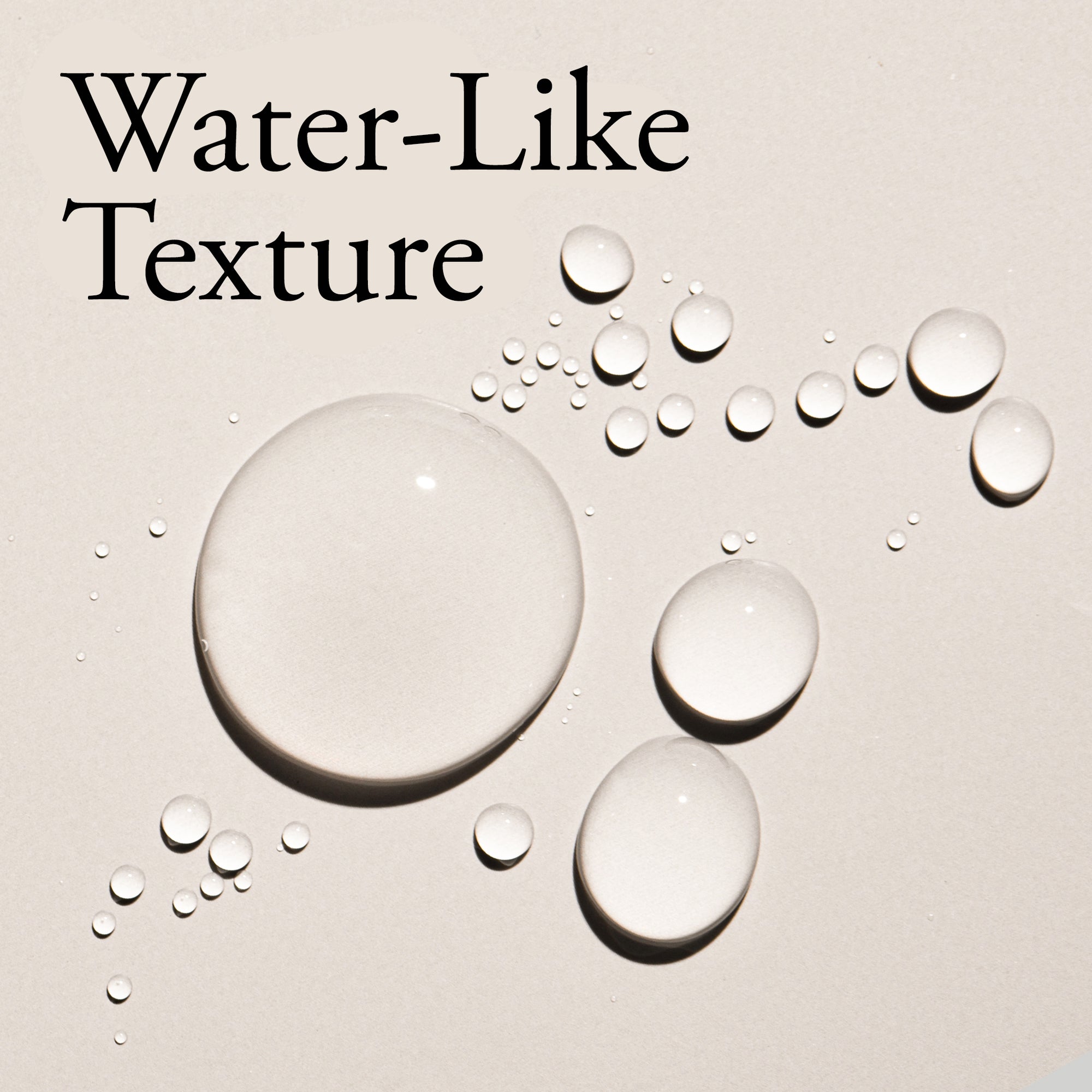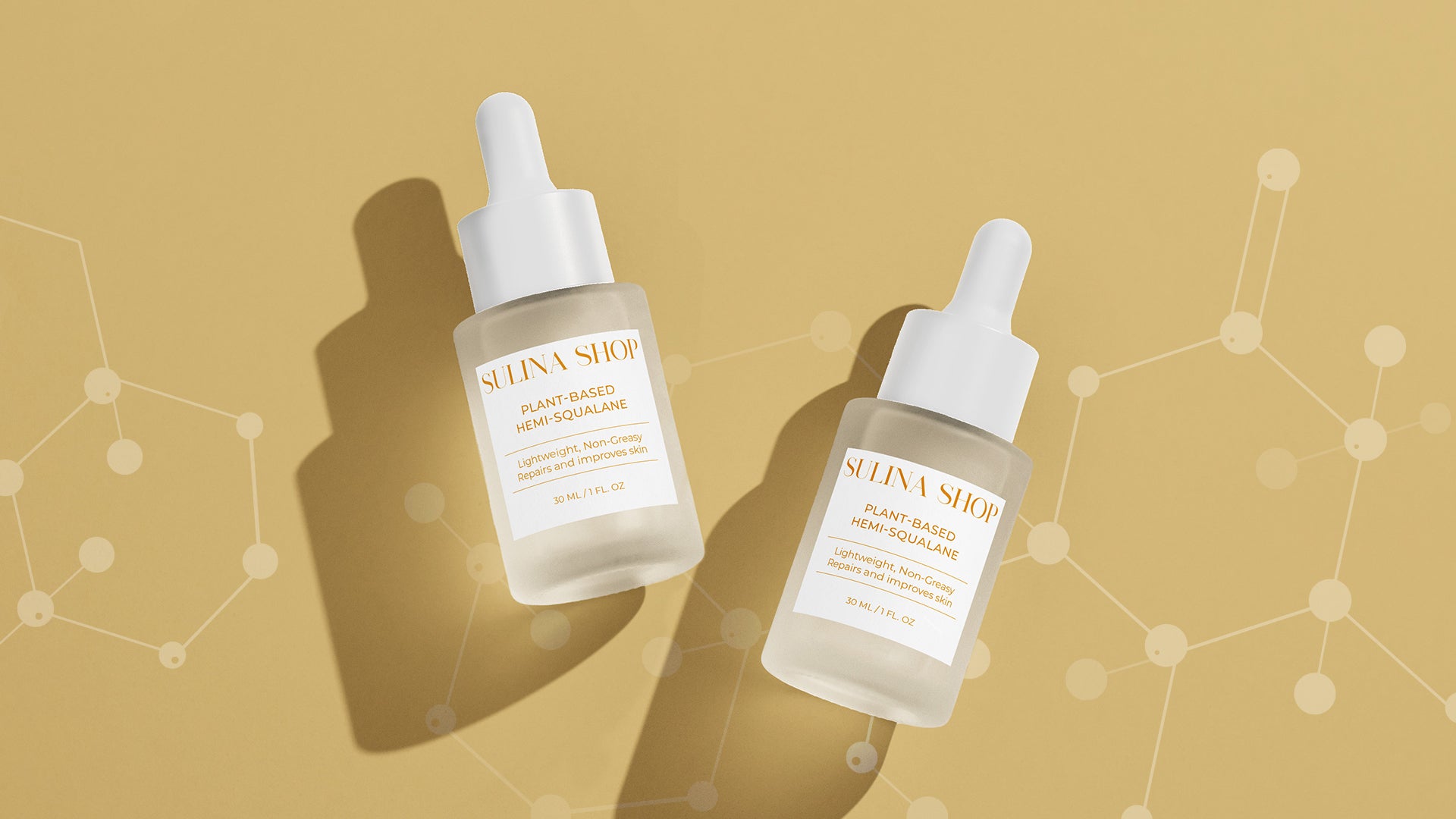
Squalane vs Hemisqualane
Hemisqualane and squalane are both emollients derived from squalene, a natural compound found in human sebum and various plants like olives and sugarcane. Squalene, which helps maintain skin hydration and protect the skin barrier, is converted into squalane through hydrogenation to enhance stability and shelf life. Squalane is a fully saturated hydrocarbon, making it highly stable and ideal for deep hydration in serums, moisturizers, and oils. Hemisqualane, derived through a similar process but with a shorter carbon chain, is lighter and less oily, providing quick-absorbing, lightweight hydration suitable for all skin types, including oily and acne-prone skin. Both ingredients are valued in skincare and cosmetic products for their moisturizing and skin-conditioning properties, with hemisqualane also being used in hair care products for its lightweight conditioning and non-greasy feel.
| ASPECT | SQUALANE | HEMISQUALANE |
|---|---|---|
| SOURCE | Olive or Sugarcane | Olive or Sugarcane |
| MOLECULAR WEIGHT | Higher | Lower |
| LIKELIHOOD OF CLOGGING | Non-comedogenic | Non-comedogenic |
| TEXTURE | Heavier, Oilier Feel | Lightweight |
| ABSORPTION | Slower | Quick |
| USES | Serums/Moisturizers | Serums/Hair Care Products |
| SKIN TYPE SUITABILITY | All Skin Types | All Skin Types, including Acne-Prone |
| HYDRATION | Deep Hydration | Lightweight Hydration |
| MOLECULAR STRUCTURE | Longer Carbon Chain | Shorter Carbon Chain |
What Does Hemisqualane Do for Skin?
What Does Hemisqualane Do for Hair?
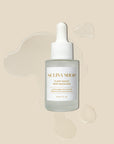




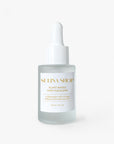
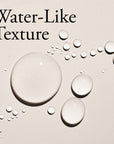


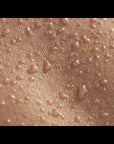
Hemi-Squalane Sugarcane
WHAT IT DOES: Protects skin barrier, locks in moisture, Improves elasticity, Regulates Oil Production
SKIN TYPE: All Skin Types, Including Acne Prone
WHEN: Morning and Night
HOW: After cleansing and water-based serum apply Hemi-Squalane then follow up with a moisturizer.
TEXTURE: Water-like consistency that won't leave a greasy residue or weigh your hair down.
Experience the benefits of our Sugarcane Hemi-Squalane, a 100% pure plant-based oil that provides quick absorption without any greasy residue. This non-comedogenic oil feels like a serum and restores the skin's natural moisture barrier while keeping it smooth and supple. Hemi-Squalane is packed with anti-aging properties to combat free radicals and repair damaged skin. It's a versatile and effective oil that works wonders for all skin types and doubles up as a nourishing hair oil to control frizz and add a healthy shine to your hair. Get ready to experience soft, manageable, and nourished skin and hair with Hemi-Squalane.
-Paraben Free
-Non GMP
-Fragrance Free
-Leaping Bunny Certified
-100% Plant-Based Derived from Sugarcane
This content type will accept rich text to help with adding styles and links to additional pages or content. Use this to add supplementary information to help your buyers.
You can use product metafields to assign content to this tab that is unique to an individual product. Use tabs to highlight unique features, sizing information, or other sales information.







